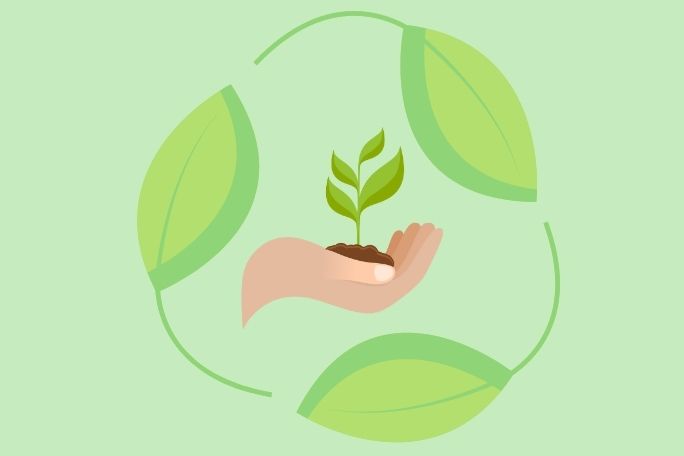Lesson summary
Students investigate the life cycle of green waste, from tree to bin to resource recovery facility to end product (compost). Students are asked to consider the environmental, economic and social benefits of recycling green waste as opposed to sending it to landfill.
Learning intentions:
Students will...
- understand the environmental risks of sending waste to landfill
- recognise the social, environmental and economic benefits of recycling green waste
- understand life cycle thinking in relation to green waste.
Lesson guides and printables
Lesson details
Curriculum mapping
Australian Curriculum content descriptions:
Year 7 Science:
- Some of Earth’s resources are renewable, but others are non-renewable (ACSSU116)
- Science understanding influences the development of practices in areas of human activity such as industry, agriculture and marine and terrestrial resource management (ACSHE121)
Year 8 Science:
- Science and technology contribute to finding solutions to a range of contemporary issues; these solutions may impact on other areas of society and involve ethical considerations (ACSHE135)
Year 7 & 8 Design and Technologies:
- Critique needs or opportunities for designing and investigate, analyse and select from a range of materials, components, tools, equipment and processes to develop design ideas (ACTDEP035)
General capabilities: Critical and creative thinking.
Cross-curriculum priority: Sustainability OI.8.
Syllabus Outcomes: SC4-13ES, SC4-11PW, SC4-12ES, T4.1.1.
Time required: 2 x 60 mins
Level of teacher scaffolding: Medium – oversee activity.
Resources required
Additional info
Following these lessons plans is an ideal way for your students and the community to tune in to what happens to green waste once it is collected in a kerbside bin. The Back to Earth initiative is about connecting people with what happens to green waste once it leaves the garden, how it is processed, what it is used for at the end of this cycle and why its important to put the right things into the bin!
Join thousands of others who have learnt about the benefits of using their green waste service correctly, for their communities and for the planet. Don’t forget to check out the Back to Earth initiative website: www.backtoearth.vic.gov.au – to learn more.


Welcome back!
Don't have an account yet?
Log in with:
By signing up to Cool.org you consent and agree to Cool's privacy policy to
store, manage and process your personal information. To read more, please see
our privacy policy here(Opens in new tab).
Create your free Cool.org account.
Many of our resources are free, with an option to upgrade to Cool+ for premium content.
Already have an account?
Sign up with:
By signing up to Cool.org you consent and agree to Cool's privacy policy to
store, manage and process your personal information. To read more, please see
our privacy policy here(Opens in new tab).